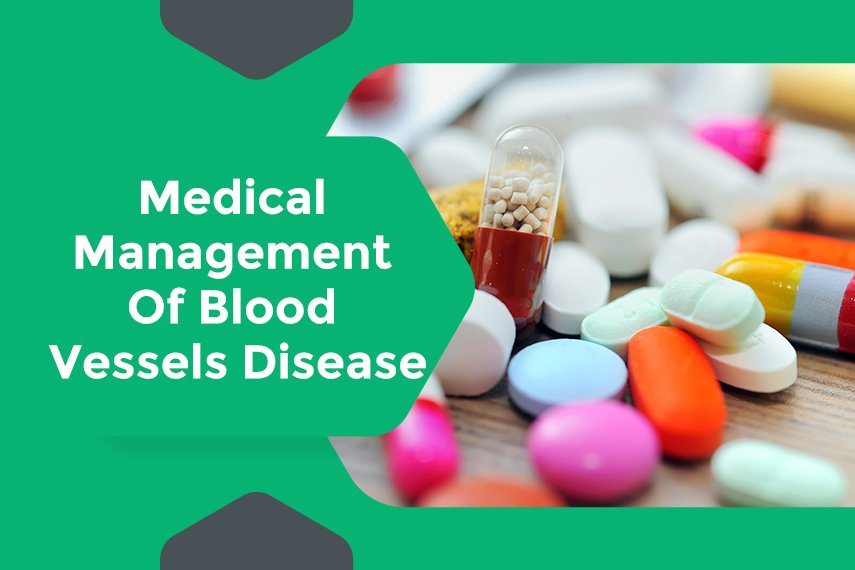Medical Management Of Blood Vessels Disease

Introduction
Medical management of blood vessel diseases involves the use of medications and lifestyle modifications to manage conditions such as peripheral artery disease (PAD) and other vascular disorders. This approach aims to improve blood flow, reduce symptoms, and prevent complications. At Surat Diabetic Foot Care, we provide comprehensive medical management plans tailored to the needs of diabetic patients to ensure optimal vascular health.
Signs & Symptoms
-
Leg pain or cramping during physical activities
-
Numbness or weakness in the legs
-
Coldness in the lower leg or foot
-
Sores on toes, feet, or legs that won’t heal
-
A change in the color of the legs
-
Hair loss or slower hair growth on the feet and legs
Treatment Offered
Medications: Prescribing medications such as antiplatelet agents, cholesterol-lowering drugs, and blood pressure medications to improve blood flow and reduce the risk of complications.
Lifestyle Modifications: Advising on dietary changes, exercise programs, and smoking cessation to improve vascular health.
Regular Monitoring: Regular check-ups and vascular assessments to monitor the condition and adjust the treatment plan as needed.
